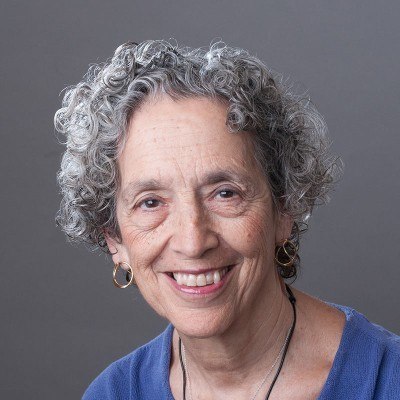Originally published in The Health Care Blog.
In 1985, during the height of the AIDS crisis in New York City, I was elected to the New York City Council. Time and again, I felt heartbroken as my friends and constituents lost their lives to a deadly disease without a cure. Too frequently, they suffered the effects of ignorance, fear and hate.
Now, nearly 30 years later, advances in biomedical treatment have been stunning in their power to achieve an AIDS-free future. But the truth is that prejudice and fear are as persistent as HIV. Medicine alone cannot deliver the future we seek. Even as we celebrate the scientific discoveries and treatments that dramatically reduce HIV transmission and death, we should not delude ourselves into thinking that a biomedical solution can overcome the devastating effects of bigotry. If, as the United Nations agency UNAIDS urges, we wish to get to zero—zero discrimination, zero new infections, and zero deaths—we must take an integrated approach that combines biomedical treatment and an enduring commitment to human rights.
Without a doubt, medicine is working. As of September 30, 2013, the United States’ program, PEPFAR, is currently supporting life-saving antiretroviral treatment for 6.7 million men, women, and children worldwide. This exceeds President Obama’s 2011 World AIDS Day goal of 6 million people on treatment—a four-fold increase (from 1.7 million in 2008) since he took office. But, unfortunately, the World Health Organization predicts that 50 million people will need treatment for HIV by 2030. This means we face a tremendous uphill climb and must somehow identify between $22 and $24 billion—a truly ambitious financial target.
As a frequent traveler to Africa and Asia, I meet with courageous activists supported by American Jewish World Service who are pioneering innovative approaches to stemming HIV in their communities. Over time, I’ve learned from them that eradicating the AIDS pandemic requires two additional strategies to complement treatment:
First, we must strengthen community-organizing efforts to keep HIV funding a priority not only for high-income and middle-income countries, but especially for low-income countries that often have the highest rates of infection.
Second, we must address the violations of human rights—particularly in the developing world—that exacerbate HIV transmission and severely diminish the quality of life for people who are infected or at risk.
If people are afraid to be tested or receive treatment for HIV, if they experience discrimination from healthcare providers, or if they simply don’t have access to health services, prevention efforts can’t succeed. The World Health Organization, the UN Development Program and UNAIDS have argued that increased stigma and fear of criminalization prevents people from accessing treatment and obtaining information they need to engage in safer sex practices. This has been true in the case of Botswana, a country that made commendable efforts to maximize access to HIV treatment. In the early 2000s, Botswana rolled out an ambitious plan to test and treat all Botswanans for HIV. But the number of people without access to treatment remained high. This was the result of a number of issues, including stigma. Former President Mogae said, “I’m very frustrated. Because of the stigma attached to this sexually transmitted virus, and because some religious people have said this is a curse or that those who have HIV are sinners, many are afraid to get tested.”
More recently in Uganda, efforts to slow the spread of HIV and AIDS have been obstructed by the country’s Anti-Homosexuality Law—a piece of legislation that Ugandan President Museveni signed in February 2014 to further criminalize Uganda’s LGBT community. Even before the bill was signed into law, LGBT people in Uganda faced enormous hurdles in accessing health care. Many service providers discriminated against sexual minorities, refused to treat them, or simply lacked basic information on how to provide care. Today, state-sanctioned hate against LGBT Ugandans is making it harder to stem HIV transmission and is contributing to a national public health crisis.
Bottom line: The medical treatment of HIV must not exist in a vacuum. It must be integrated with broader global health strategies and policy. Most importantly, we must ensure that our efforts to expand treatment and prevention work in tandem with our efforts to advance human rights worldwide—especially for people whose access to health services and information is severely limited. The people who need HIV and AIDS treatment most are those who are marginalized and are often difficult to reach.
When I think back to the 1980s in New York City, a time of incalculable loss and suffering, I am grateful for the medical innovations that have prolonged the lives of millions of HIV-positive people today. Yet if we wish to usher in an AIDS-free future, we need more than medicine. We must fight for the human rights of every infected person and every person at risk around the globe. Only when bigotry is vanquished will we reach a day when AIDS is a distant memory.
AJWS’s work in countries and communities changes over time, responding to the evolving needs of partner organizations and the people they serve. To learn where AJWS is supporting activists and social justice movements today, please see Where We Work.

